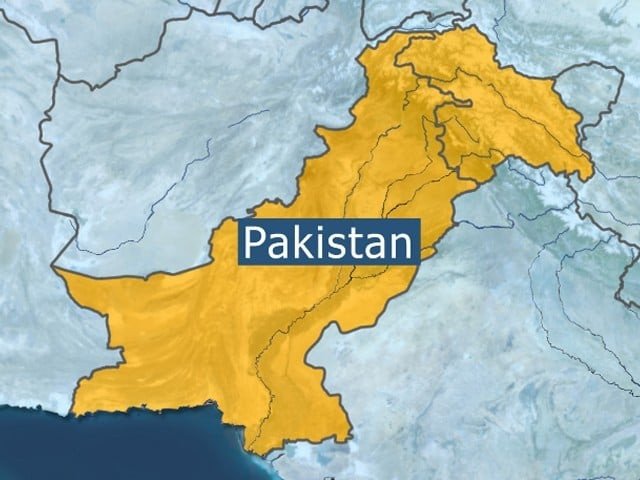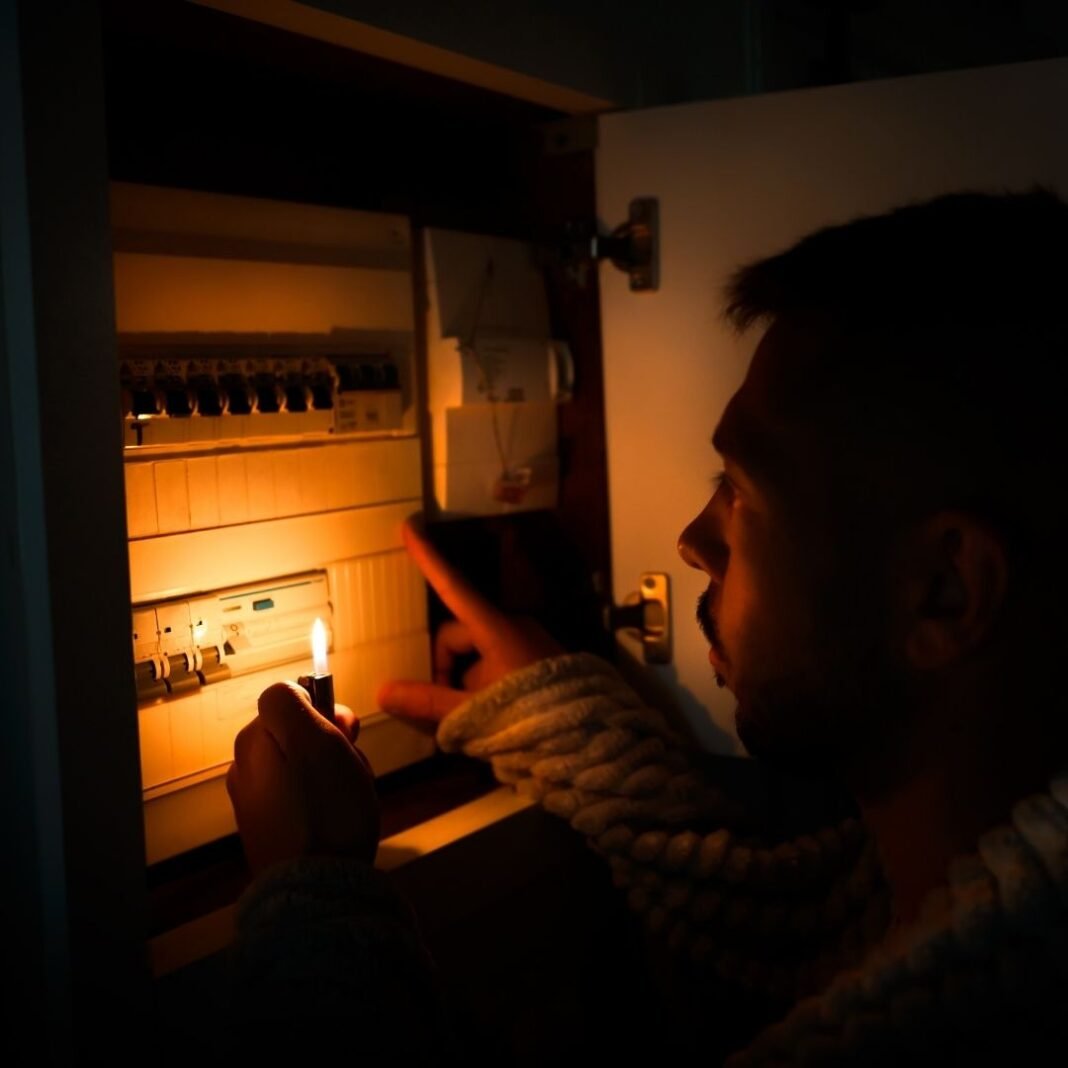Can Pakistan Fix Its Governance by Making More Provinces? Let’s Break It Down.
Lately, the buzz is real—seminars, talk shows, think-tank panels, op-eds: everyone’s weighing in on whether Pakistan needs more provinces. Ideas range from turning the current 32 administrative divisions into provinces, or even going back to the original 12 from the post-independence era.
Proponents say it could solve Pakistan’s governance woes once and for all—by devolving power, improving efficiency, and making officials more accessible. But hang on—before we unroll new borders across the map, let’s ask: Is this the real fix? Or just a distraction?
What’s Driving the Discussion?
- Too much, too fast? Critics argue the debate might be more of a flash in the pan—possibly driven by vested interests—rather than a broad, grassroots movement.
- Bad timing? With terrorism, a fragile economy, and mounting geopolitical risks, many say this isn’t the moment to redraw lines.
- No mass movements yet—yes, there’ve been pockets of support for new provinces in South Punjab, Hazara, and parts of Sindh. But right now, there’s no nationwide uprising pushing this forward—perhaps because people are more worried about food prices than electoral boundaries.
What About India?
India often gets pulled into the conversation—after all, it went from 17 provinces to 28 states. But:
- It wasn’t top-down. It came after sustained, sometimes turbulent regional movements—and was crystal clear in its language-driven roadmap.
- Structurally different. India’s a “union,” not a federal republic like Pakistan—making state reorganization easier.
- Process over rush. Their States Reorganization Commission worked for almost two years before rolling out changes in a phased way via the 1956 act.
So, Decentralization—or Distraction?
The Promise:
- Closer to the people: Smaller provinces might mean branches of government that are easier to reach—and more responsive to locals.
- Evening out development: Less populous regions (like South Punjab) could get the spotlight—possibly catching up with bigger provinces.
- New political spaces: Smaller provinces might democratize power, giving emerging leaders more room to shine.
The Problem:
- Money, structure, red tape: Imagine having to set up 8–12 new provincial capitals—assembly buildings, courts, bureaucracies… and this amid a budget-burdened economy.
- Legal hurdles: You’d need two-thirds majorities—both in the national parliament and in the altered provinces—for any constitutional change. Hard, especially with today’s polarized politics.
- Fragmentation risk: Dividing up by language or ethnicity could backfire, fueling regionalism or adding pressure to fragile national unity.
- Nothing else changes: If local governments remain weak, the same inefficiencies will just shift one layer down.
What Could Be a Better Fix?
- Pilots first: Start with one or two test cases, assess them carefully, then decide.
- Strengthen local systems: Give city governments real autonomy, funding, and constitutional protections—much cheaper and faster than carving new provinces.
- Slow, inclusive process: Like India did, form a non-partisan commission, engage MPs, civil society, and the public, then roll out recommendations gradually.



